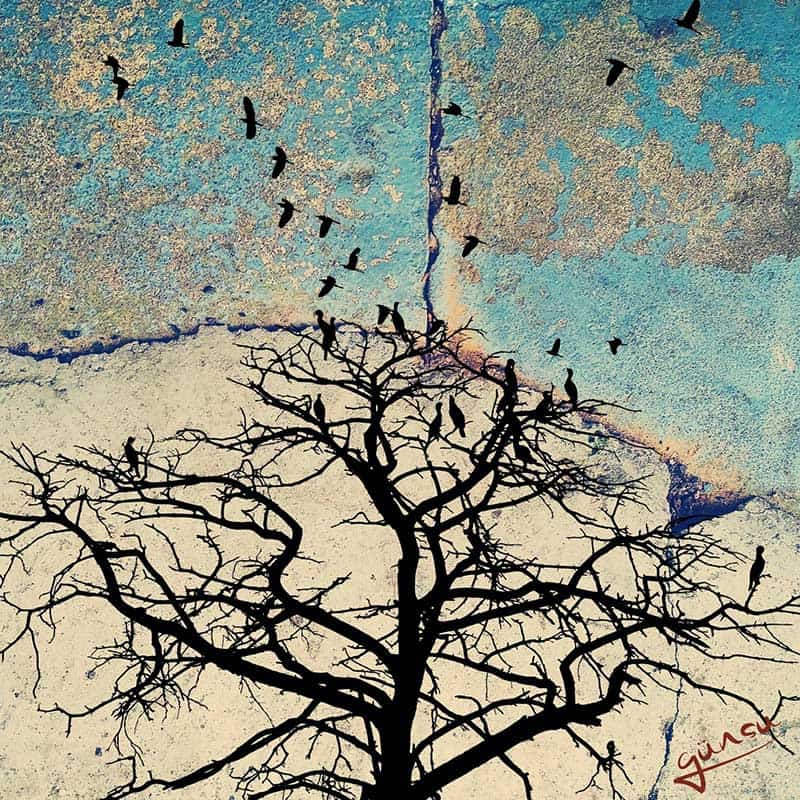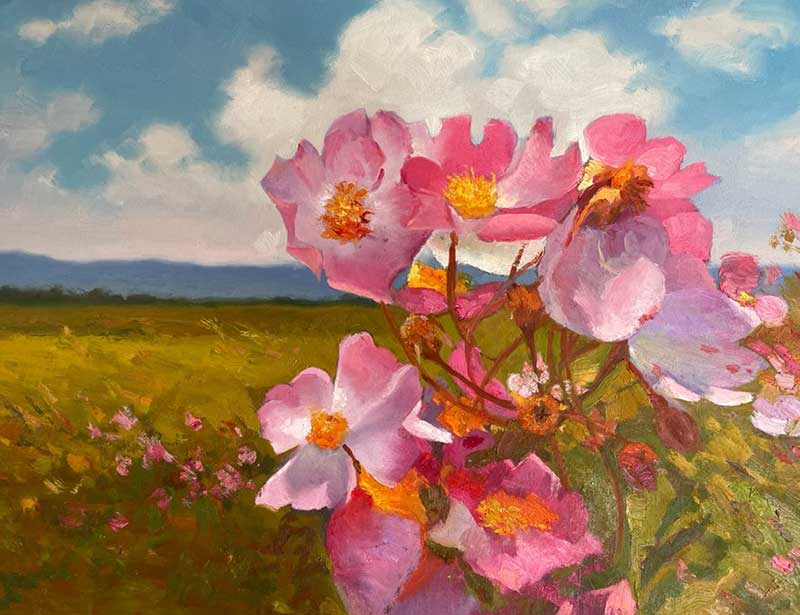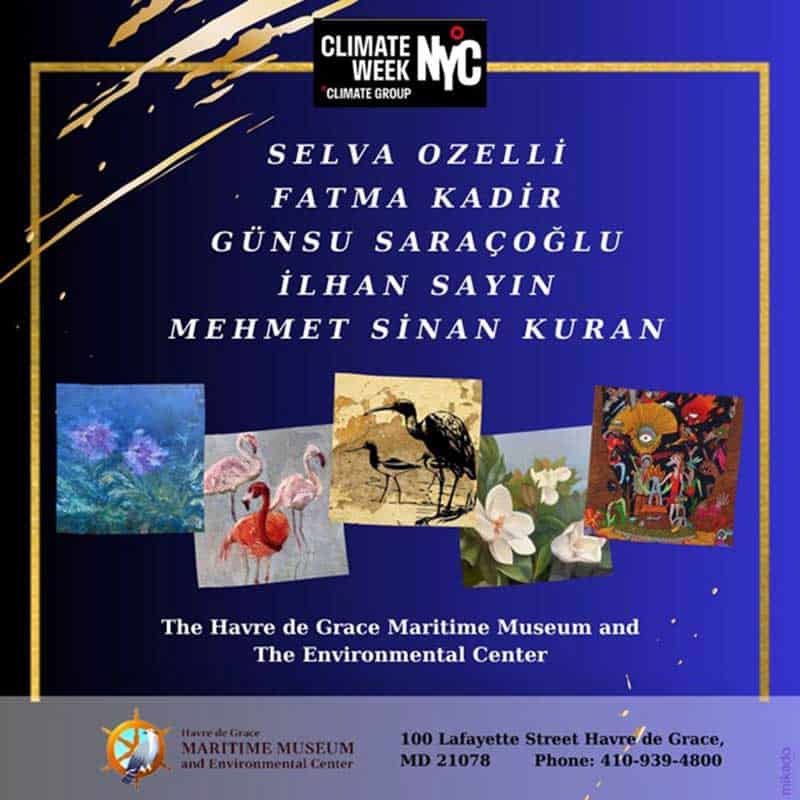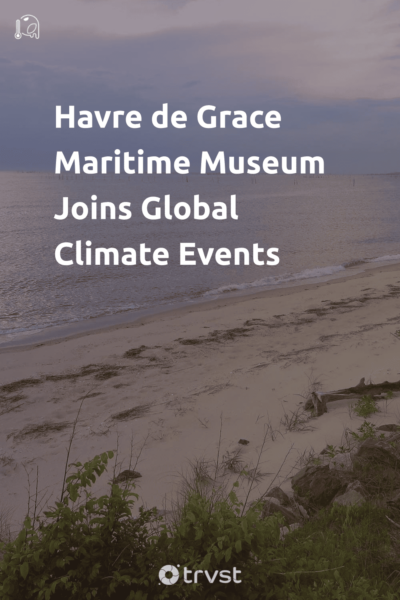Havre de Grace Maritime Museum Joins Global Climate Events
According to Smithsonian Magazine, the Havre de Grace Maritime Museum, Inc. is situated in America’s best town to visit, where the Susquehanna River meets the Chesapeake Bay that flows into the Atlantic Ocean.
The Chesapeake Bay is a national treasure encompassing one of the most economically significant regions of the United States. It is protected by the landmark Chesapeake Bay Watershed Agreement (adopted in 2014, amended in 2020) that calls for, among other things, conservation and restoration of the treasured water, sea, and landscapes with participation from six states - New York, Pennsylvania, West Virginia, Maryland, Delaware, Virginia, and the District of Columbia.
The Havre de Grace Maritime Museum, Inc. --only steps away from MD’s second oldest lighthouse, Concord Point Lighthouse -- was primarily established and continues to be run by Museum Director Jennifer Sim and board members Leslie Kaufman and Bruce Russell to help protect the rich cultural, maritime and natural biodiversity heritage of the area where numerous species of flora and fauna of the Lower Susquehanna River and the Upper Chesapeake Bay exist.
To complement the Museum’s goals, the museum Director Jennifer Sim curates art shows focused on the importance of water, wetlands, and biodiversity.
Jennifer explains, “The planet is 71% water, supporting every ecosystem imaginable. Water is life. It doesn’t matter what other elements you have; nothing survives without water for long. Water is fundamental to life on our planet. Havre de Grace and our Museum are located at the head of the Chesapeake Bay-- a 64,000-square-mile watershed where over 41 million acres are connected through the waters that flow to and through-- where the Susquehanna River flows into the Chesapeake Bay. Where numerous flora and fauna exist."
Importance of Water

The importance of water is the focus of the 2023 United Nations World Migratory Bird Day, an annual global campaign celebrating birds' migration across countries and continents.
During spring and summer, when London Climate Action Week takes place, Havre de Grace is a water bird sanctuary for gulls, Cerulean Warbler, Yellow-throated, Kentucky, and Prothonotary Warblers, Louisiana Waterthrush, Baltimore and Orchard Orioles, Warbling Vireo, and terns.
As fall edges toward winter, when the United Nations General Assembly, Climate Week New York, Florida Climate Week, Urban October, and United Nations Climate Change Conference (COP28) take place, there is a steady influx of Bald Eagles, warblers, Chipping Sparrow, thrushes, flycatchers, woodpeckers, Ovenbird, Eastern Wood-Peewee, Carolina Wren, Indigo Bunting, Red-eyed and Yellow-throated Vireos, Red-tailed Hawk, night-herons and the Great Blue Herons to the area.
Jennifer says, “To spread the message that “water sustains bird life” the Museum is exhibiting award-winning artists Gunsu Saracoglu’s “Rebirth of Water Birds” and Fatma Kadir's “Water Bird Watching” art shows during World Migratory Bird Days on May 13 and October 14th of this year.”
Importance of Biodiversity

This year’s International Day for Biological Diversity campaign, beginning on May 22, has the theme of "From Agreement to Action: Build Back Biodiversity” and its importance. Biodiversity is essential to the existence and proper functioning of all ecosystems and is the pillar upon which we build civilizations. Jennifer points out, “Without nature, we have nothing. The loss of nature and biodiversity, which is the fourth most severe threat we face in the next 10 years, comes with a steep cost.”
More than 1 million species are now threatened with extinction, according to the United Nations. This decline is being fueled by human activity, with research by the International Union for the Conservation of Nature showing that human activity in the fields of food production, infrastructure, energy, and mining accounts for 79% of the impact on threatened species.
As part of the United Nation's Biodiversity campaign, Jennifer says, “The Museum is exhibiting award-winning artist Mehmet Kuran‘s “No Where” and Ilhan Sayin’s “Flowers of Hope” art shows to draw attention to building back Earth, Sky and Seas of our world.”
Importance of Museums Role in drawing attention to preserving Waters, Wetlands and Biodiversity

The increasing human demand for water, as well as pollution and climate change, are directly impacting the availability of clean water and the conservation status of many plants, fish, and migratory birds. As the unpredictable effects of climate change march on across the world around us, each and every one of these species faces a greater challenge than ever before.
The warming of our earth impacts biodiversity, which is key to the stability of ecosystems such as forests, rivers, grasslands, fish, coral reefs, and birds that we rely on for ecosystem services – food, arable land, clean air, and water. Losing species is the same as taking bricks out of a wall, one by one – eventually, the wall will collapse, and the ecosystem will die. To humanity, the collapse of ecosystems means the loss of fisheries, fertile land, and drinkable water. This will impact the cyclical nature of bird migration with varying migration periods in the northern and southern hemispheres.
Encouraging environmental responsibility
This year’s theme for World Museum Day on May 18 is “Museum, Sustainability and Well-being,” focusing on the importance of the environment, health, and well-being in everyday life and how museums can contribute to these aspects as cultural institutions. Museums can play a key role in promoting sustainability and well-being by implementing initiatives that encourage environmental responsibility, health, and well-being for visitors and staff.
Jennifer says, “Havre de Grace Maritime Museum and Environmental Center’s programming encourages environmental responsibility in several ways. This year, award-winning artist Selva Ozelli whose work is cataloged by the United Nations, Tokyo Metropolitan Museum, and the Berlin University of Art as part of the project titled Climate Summit Art and Political Event, 1972 – 2022, prepared art shows for World Museum Day.
Selva also prepared the “Healing Waters” art show for our museum, which celebrates the Darter Fish, the only animal unique to Maryland. The Darter fish – which was discovered in 1912 in Swan Creek near Havre de Grace by two biologists -- has been declared an endangered species by the U.S. Fish and Wildlife Service.”
Over the past 200 years, wetlands have been drained to make way for farmland or infrastructure development. Roughly 35 percent of all wetlands globally disappeared between 1970 and 2015, and the loss rate has been accelerating since 2000. Depending on the amount of climate-related sea level rise, some 20 to 90 percent of current coastal wetlands could be gone by the end of the century, according to the United Nations Environment Programme (UNEP).
Canary in the coal mine
Jennifer points out that “Wetlands estuaries and river deltas have suffered more biodiversity loss than other land and marine ecosystems and act as an early warning –a canary in the coal mine -- that all is not well, from rising sea levels to invasive species, to climate exchange, excess water pollution from fertilizing lawns, gardens, farms, exhaust from automobiles, wastewater, septic systems, and stormwater runoff.
Maryland’s Darter Fish is the canary in the coal mine, alerting us that our waters are polluted. We aim to clean the Chesapeake Bay so the Darter Fish, which got its name for its tendency to move between spots in short bursts of motion — in “darts”— can dart around in the waters of Chesapeake Bay again. Healing Waters will be a World Wetlands Day event through the end of 2024.
Related read: Wetlands and Climate Change - Impacts and Importance.
Jennifer adds, “The Havre de Grace Maritime Museum and Environmental Center is pleased that this year’s art exhibitions by winning artists Selva Ozelli, Fatma Kadir, Gunsu Saracoglu, Ilhan Sayin, and Mehmet Sinan Kuran were cataloged by United Nations General Assembly Guide.
With our Museum’s exhibitions, we were able to reach audiences at London Climate Week, Climate Week New York, Florida Climate Week, Urban October, and United Nations Climate Change Conference (COP28) climate events across the world.
We were able to draw attention to the fact that healing in the oceans has begun with Nations agreeing to develop a legally binding agreement on reducing plastic pollution by 2024. And also agreeing on the historic High Seas Treaty to place 30% of the world's oceans into protected areas by 2030 per the UN biodiversity conference COP15.”
Havre de Grace Maritime Museum and Environmental Center Art Shows for Climate Events can be viewed digitally here:
Selva Ozelli Esq, CPA is a legal and finance executive with diversified experience dealing with highly complex issues in the field of international taxation and related matters within the banking, securities, Fintech, alternative and traditional investment funds. Her first of its kind legal analyses involving tax laws, Foreign Corrupt Practices Act (FCPA), blockchain technology, solar technology and the environment and have been published in journals, books and by the OECD. Her writings have been translated into 15 languages.

